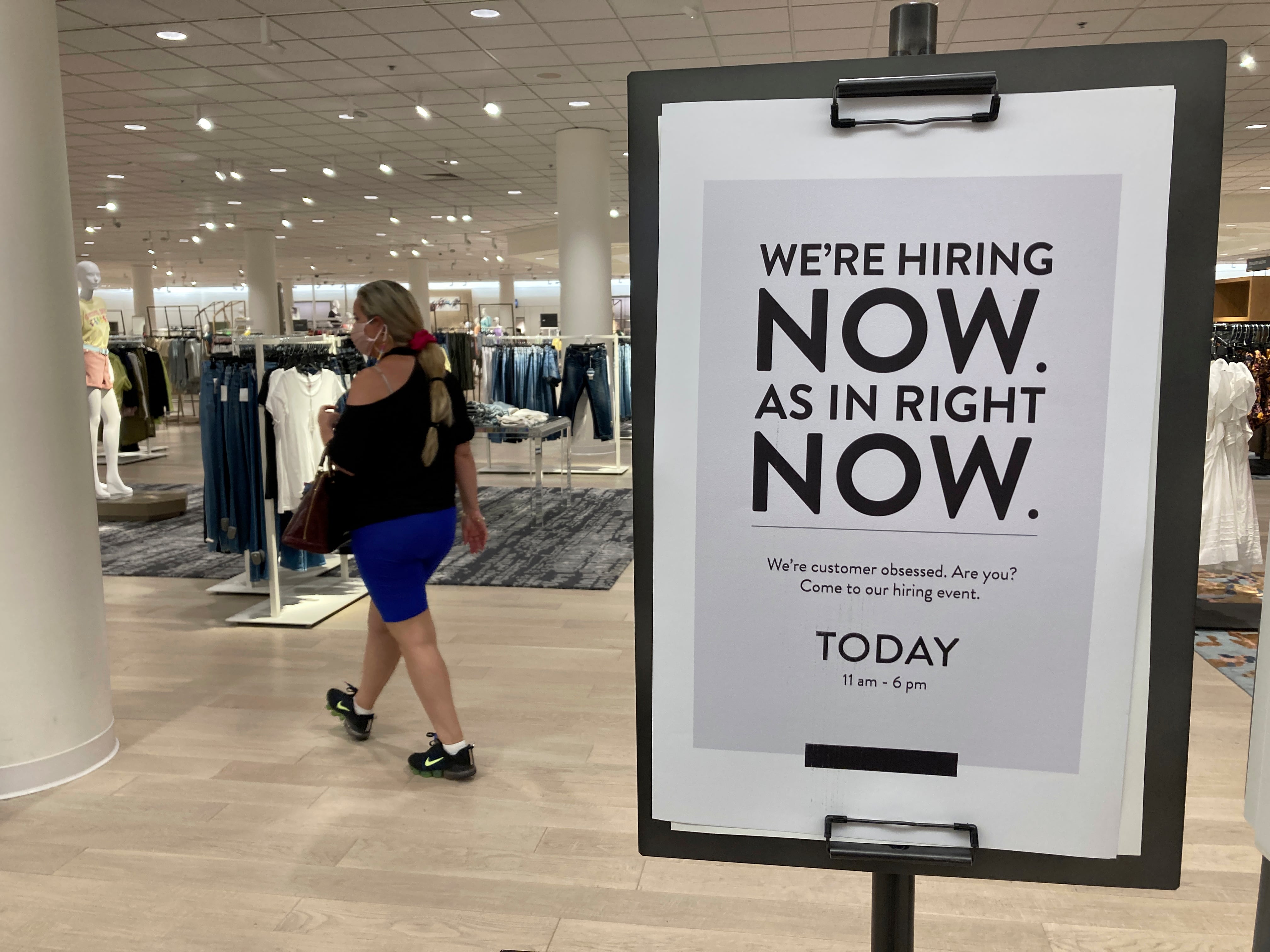The veterans unemployment rate in August jumped to its highest mark in 20 months, but outside analysts said the trend for veterans seeking jobs remains predominantly positive and should not be a point of panic yet.
“One month of data, that shouldn’t lead us to worry about what is happening,” said Rosalinda Maury, director of applied research at the Institute of Veterans and Military Families at Syracuse University. “You do see some fluctuations month to month, especially because of the sampling of some smaller subsets of populations.”
Bureau of Labor Statistics researchers said the overall veterans jobless rate last month was 3.6%, up from 2.9% in July and 2.1% in April. It’s only the second time in 18 months that the rate has topped 3%, and the highest the figure has been since a 3.8% rate in January 2022, amid the COVID-19 pandemic in America.
The figure for veterans who served in the Iraq and Afghanistan era (who make up almost 30% of all veterans in the civilian workforce today) was even higher in August, at 4.3%. That estimate was at 3.4% a month earlier and had not been over 4% since January 2022.
For the country as a whole, the unemployment rate rose from 3.5% in July to 3.8% in August despite the American economy adding about 187,000 new jobs last month.
RELATED

The jobless rate for the country and the veterans community topped 10% at the start of the COVID-19 pandemic in early 2020. The August increases still fall well short of that level.
And analysts said while last month’s increase raises concerns, they will have to see several months of negative news before worrying that unemployment rates could be heading upward. For example, the number of veterans aged 18 to 24 who reported being unable to find work rose from about 4% in July to more than 17% in August.
Analyst Maury said that group makes up about 1% of the veteran population, and sampling them in the broader Bureau of Labor Statistics survey can be difficult because of their small numbers in the general population. But their results can skew estimates for the entire veterans population.
Most other subsets within the Bureau of Labor Statistics survey were up only slightly, in keeping with the higher American unemployment number. Maury said regional breakdowns of the unemployment reports also did not show any widespread problems or concerns.
Elise Gould, senior economist for the Economic Policy Institute, said in a report following Friday’s announcement that she was “not particularly concerned about the uptick in unemployment” because of the other positive indicators like reports that wages are up, and increases in key sectors like health care and construction.
But Maury said analysts will be watching upcoming monthly Bureau of Labor Statistics releases to see if a new trend develops.
The 3.6% unemployment rate for veterans last month translates into about 310,000 former military members unsuccessfully looking for full-time work. Roughly 8.7 million veterans are in the U.S. civilian workforce today, with another 9.2 veterans not seeking work because of age or injuries.
Leo covers Congress, Veterans Affairs and the White House for Military Times. He has covered Washington, D.C. since 2004, focusing on military personnel and veterans policies. His work has earned numerous honors, including a 2009 Polk award, a 2010 National Headliner Award, the IAVA Leadership in Journalism award and the VFW News Media award.




